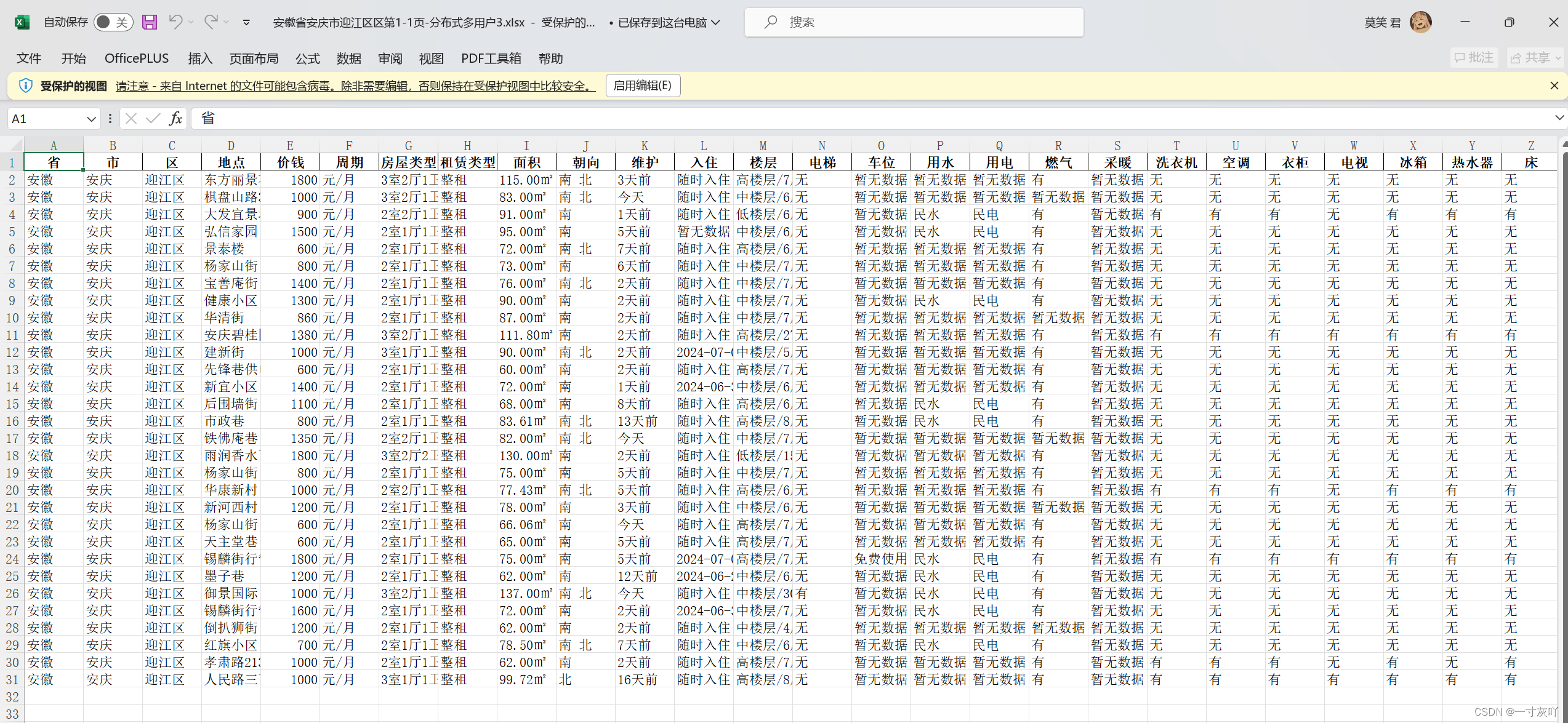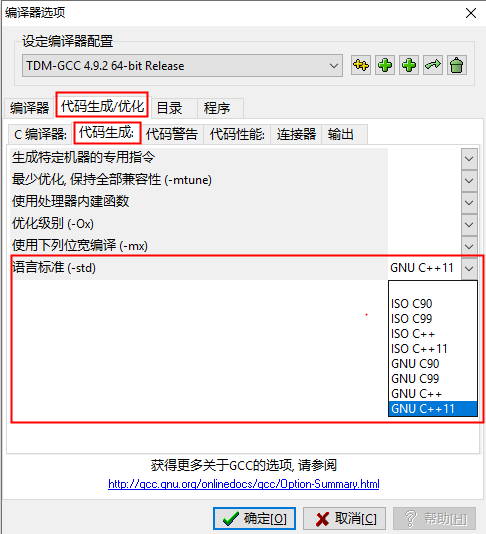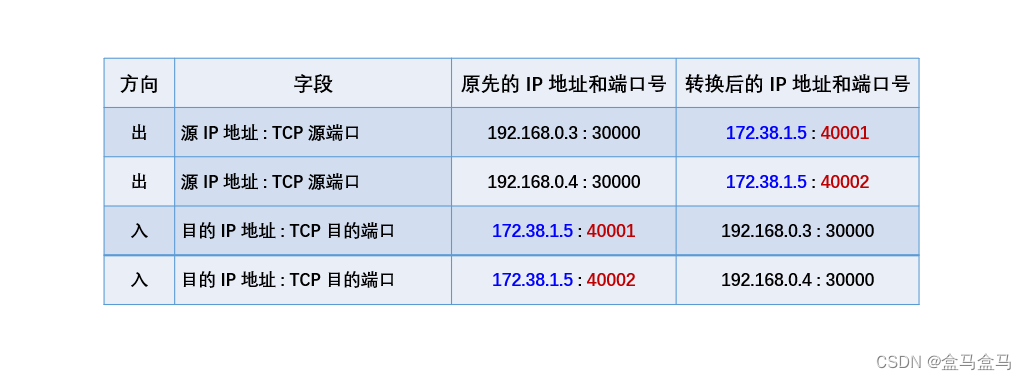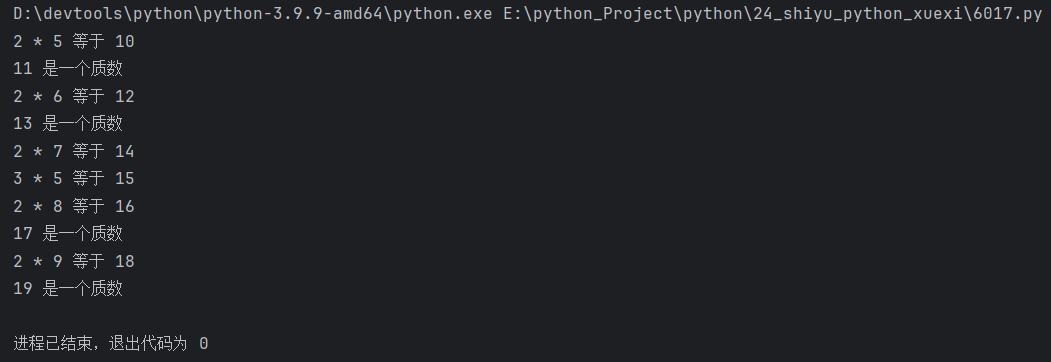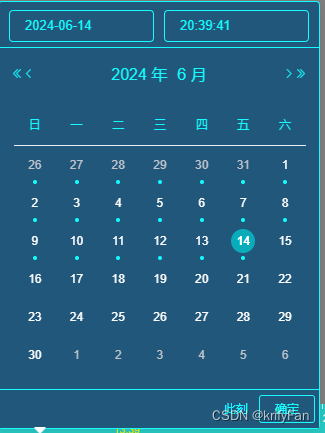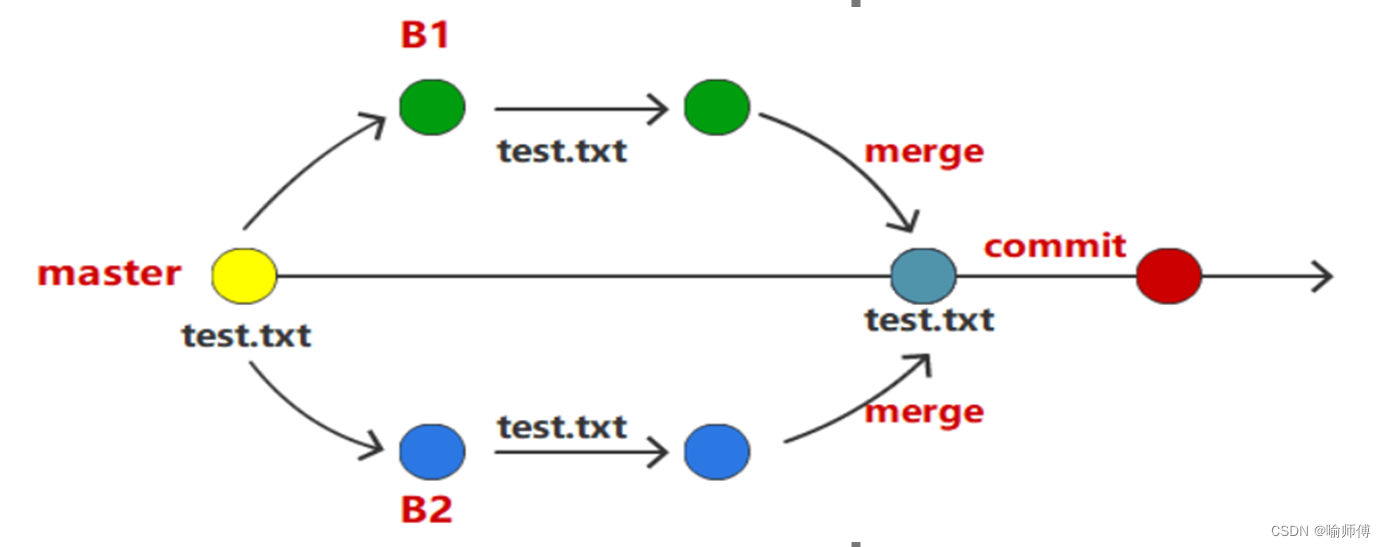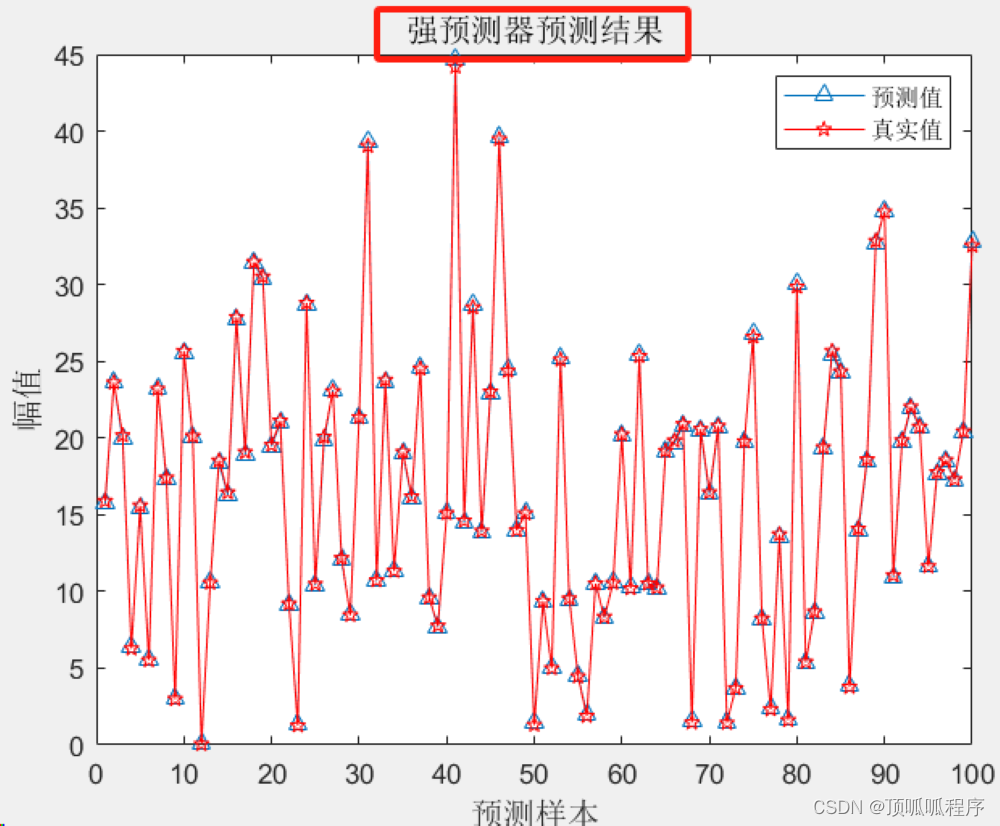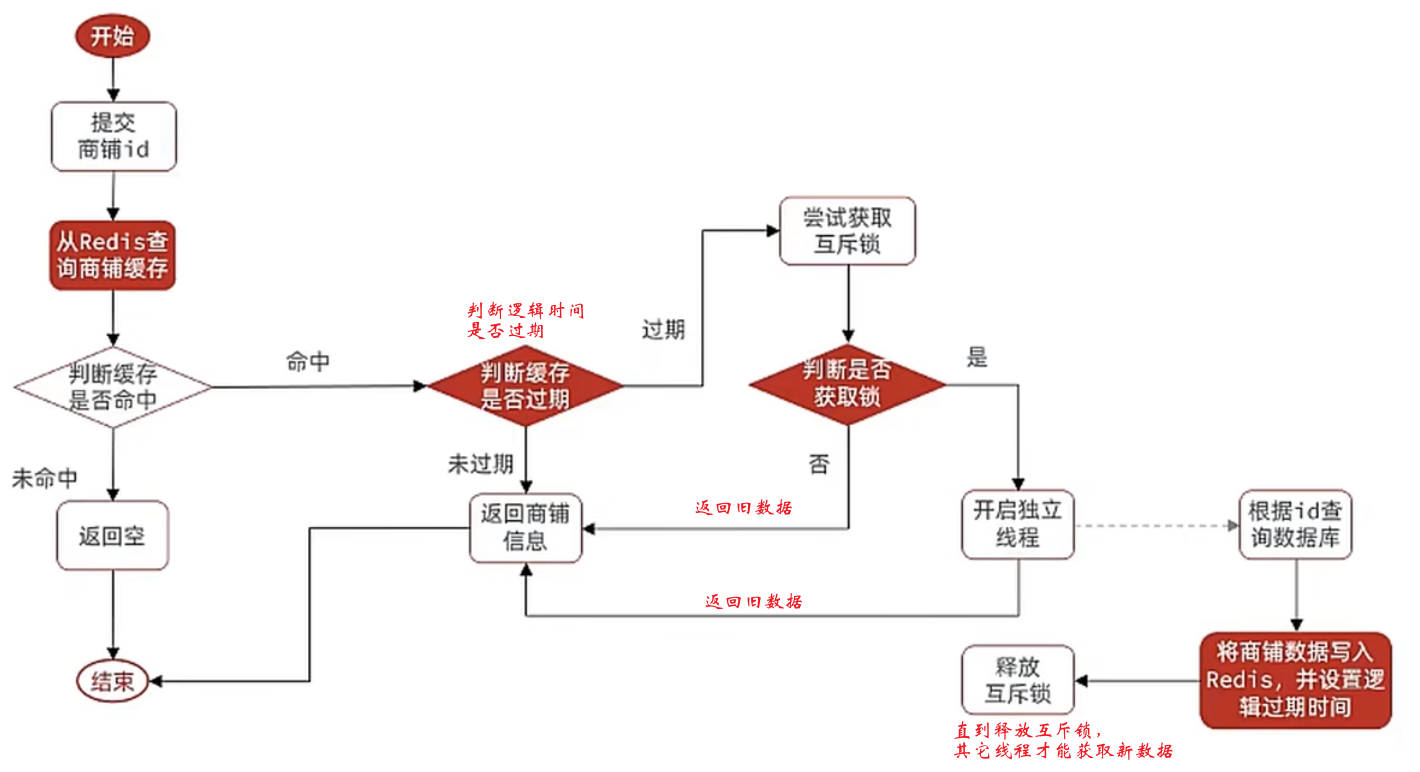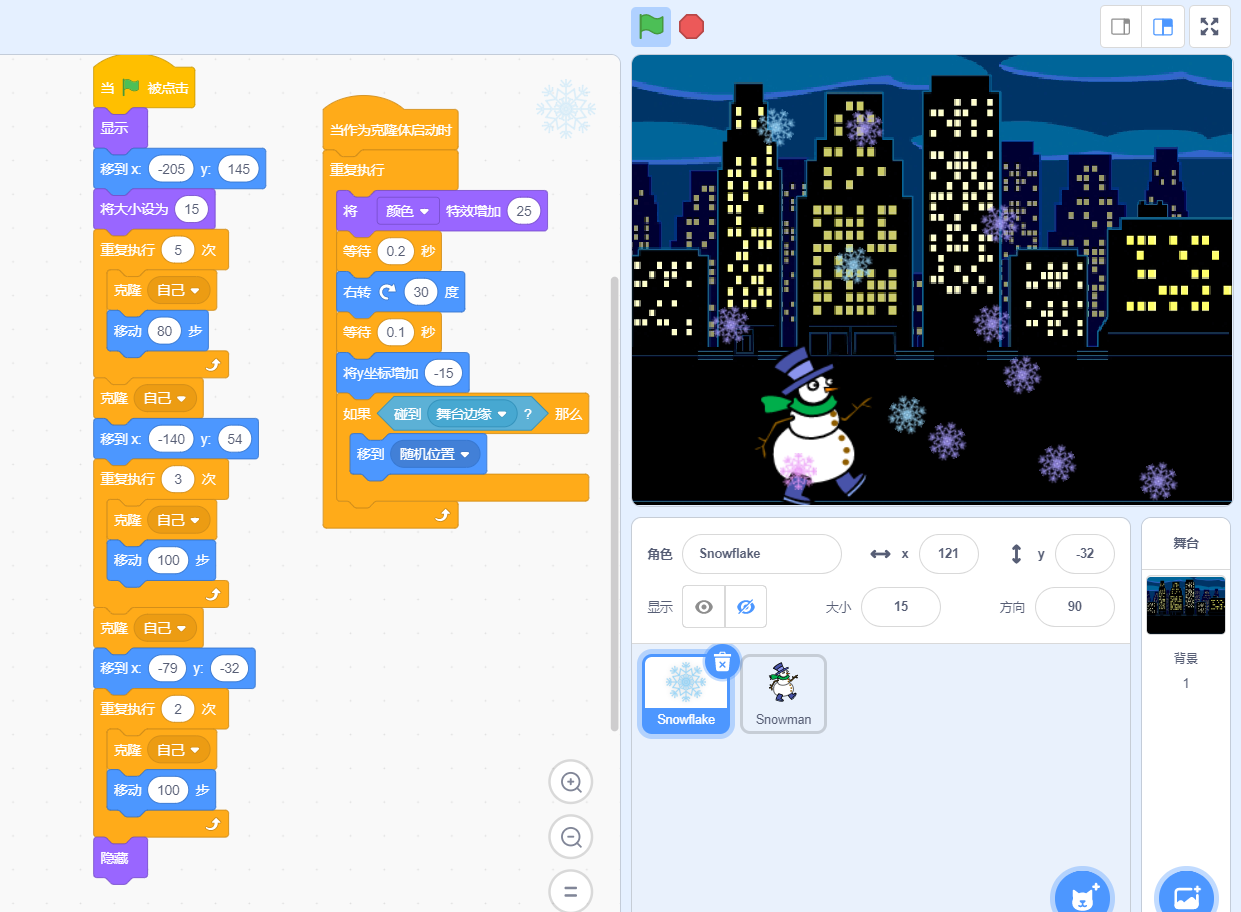结构直接看目录
前言
MyBatis-Plus 是一个 MyBatis 的增强工具,在 MyBatis 的基础上只做增强不做改变,为简化开发、提高效率而生。
愿景
我们的愿景是成为 MyBatis 最好的搭档,就像 魂斗罗 中的 1P、2P,基友搭配,效率翻倍。

特性:
- 无侵入:只做增强不做改变,引入它不会对现有工程产生影响,如丝般顺滑
- 损耗小:启动即会自动注入基本 CURD,性能基本无损耗,直接面向对象操作
- 强大的 CRUD 操作:内置通用 Mapper、通用 Service,仅仅通过少量配置即可实现单表大部分 CRUD 操作,更有强大的条件构造器,满足各类使用需求
- 支持 Lambda 形式调用:通过 Lambda 表达式,方便的编写各类查询条件,无需再担心字段写错
- 支持主键自动生成:支持多达 4 种主键策略(内含分布式唯一 ID 生成器 - Sequence),可自由配置,完美解决主键问题
- 支持 ActiveRecord 模式:支持 ActiveRecord 形式调用,实体类只需继承 Model 类即可进行强大的 CRUD 操作
- 支持自定义全局通用操作:支持全局通用方法注入( Write once, use anywhere )
- 内置代码生成器:采用代码或者 Maven 插件可快速生成 Mapper 、 Model 、 Service 、 Controller 层代码,支持模板引擎,更有超多自定义配置等您来使用
- 内置分页插件:基于 MyBatis 物理分页,开发者无需关心具体操作,配置好插件之后,写分页等同于普通 List 查询
- 分页插件支持多种数据库:支持 MySQL、MariaDB、Oracle、DB2、H2、HSQL、SQLite、Postgre、SQLServer 等多种数据库
- 内置性能分析插件:可输出 SQL 语句以及其执行时间,建议开发测试时启用该功能,能快速揪出慢查询
- 内置全局拦截插件:提供全表 delete 、 update 操作智能分析阻断,也可自定义拦截规则,预防误操作
SpringBoot使用
将以下内容引入pom.xml
<dependency><groupId>com.baomidou</groupId><artifactId>mybatis-plus-boot-starter</artifactId><version>3.4.2</version></dependency>
以下内容可自选
spring:#配置数据源信息datasource:type: com.zaxxer.hikari.HikariDataSource#配置数据库连接信息driver-class-name: com.mysql.cj.jdbc.Driverurl: jdbc:mysql://localhostusername: rootpassword: root#mybatisplus添加日志功能
mybatis-plus:configuration:log-impl: org.apache.ibatis.logging.stdout.stdOutImpl
global-config:db-config:#配置Mybatis-plus操作表的默认前缀table-prefix: t_#配置Mybatis-plus的主键策略id-type: auto配置文件注意事项
驱动类driver-class-name
spring boot 2.0(内置jdbc5驱动),驱动类使用:driver-class-name: com.mysql.jdbc.Driver
spring boot 2.1及以上(内置jdbc8驱动),驱动类使用:
driver-class-name: com.mysql.cj.jdbc.Driver
否则运行测试用例的时候会有 WARN 信息
连接地址url
MySQL5.7版本的url:
jdbc:mysql://localhost:3306/?characterEncoding=utf-8&useSSL=false
MySQL8.0版本的url:
jdbc:mysql://localhost:3306/?
serverTimezone=GMT%2B8&characterEncoding=utf-8&useSSL=false
注意事项
// 这个属性用于指定 MyBatis Mapper XML 文件的位置,例如:mybatis-plus: mapper-locations: classpath*:/mapper/*Mapper.xml
mybatis-plus.mapper-locations
// 这个属性用于设置是否显示 MyBatis-Plus 的启动 banner。在示例中,该属性被设置为 false,表示禁用启动 banner
mybatis-plus.global-config.banner
// 这个属性用于设置主键 ID 的生成策略。在示例中,auto 表示使用数据库自动生成的主键 ID
mybatis-plus.global-config.db-config.id-type:auto
// 这些属性用于设置全局的 SQL 过滤策略。在示例中,not_empty 表示只在参数值非空时才会生成对应的 SQL 条件
mybatis-plus.global-config.db-config.where-strategy:not_empty
mybatis-plus.global-config.db-config.insert-strategy:not_empty
mybatis-plus.global-config.db-config.update-strategy:not_null
// 这个属性用于设置在 SQL 中处理空值时使用的 JDBC 类型。在示例中,'null' 表示使用 NULL 类型
mybatis-plus.configuration.jdbc-type-for-null:'null'
// 这个属性用于设置是否在设置属性为 NULL 时调用对应的 setter 方法。在示例中,该属性被设置为 true,表示在设置属性为 NULL 时会调用 setter 方法
mybatis-plus.configuration.call-setters-on-nulls:true
引导类中添加 @MapperScan 注解,扫描 Mapper 文件夹
@SpringBootApplication
@MapperScan("com.baomidou.mybatisplus.samples.quickstart.mapper")
public class MPApplication {public static void main(String[] args) {SpringApplication.run(Application.class, args);}}
建立实体类
自行建立一个实体,可以是最简单的 学生,姓名,班级,学号
建立Mapper层
继承BaseMapper,后面的实体写自己的实体
@Mapper
public interface UserMapper extends BaseMapper<UserEntity>{}
建立Service层
建立Service接口
public interface UserService extends IService<UserEntity> {}建立Service接口实现类ServiceImpl
@Slf4j@Servicepublic class UserServiceImpl extends ServiceImpl<UserMapper, UserEntity> implements UserService {}Service Interface接口内容说明
插入功能save
// 插入一条记录(选择字段,策略插入)
boolean save(T entity);
// 插入(批量)
boolean saveBatch(Collection<T> entityList);
// 插入(批量)
boolean saveBatch(Collection<T> entityList, int batchSize);功能描述:插入记录,根据实体对象的字段进行策略性插入。
返回值: boolean,表示插入操作是否成功。
参数说明:
| 类型 | 参数名 | 描述 |
|---|---|---|
| T | entity | 实体对象 |
| Collection<T> | entityList | 实体对象集合 |
| int | batchSize | 插入批次数量 |
示例
// 假设有一个 User 实体对象
User user = new User();
user.setName("John Doe");
user.setEmail("john.doe@example.com");
boolean result = userService.save(user); // 调用 save 方法
if (result) {System.out.println("User saved successfully.");
} else {System.out.println("Failed to save user.");
}生成的 SQL:
INSERT INTO user (name, email) VALUES ('John Doe', 'john.doe@example.com')如果存在就更新不存在就新增 saveOrUpdate
功能描述: 根据实体对象的主键 ID 进行判断,存在则更新记录,否则插入记录。
返回值: boolean,表示插入或更新操作是否成功。
参数说明:
| 类型 | 参数名 | 描述 |
|---|---|---|
| T | entity | 实体对象 |
| Wrapper<T> | updateWrapper | 实体对象封装操作类 UpdateWrapper |
| Collection<T> | entityList | 实体对象集合 |
| int | batchSize | 插入批次数量 |
// TableId 注解属性值存在则更新记录,否插入一条记录
boolean saveOrUpdate(T entity);
// 根据updateWrapper尝试更新,否继续执行saveOrUpdate(T)方法
boolean saveOrUpdate(T entity, Wrapper<T> updateWrapper);
// 批量修改插入
boolean saveOrUpdateBatch(Collection<T> entityList);
// 批量修改插入
boolean saveOrUpdateBatch(Collection<T> entityList, int batchSize);示例
// 假设有一个 User 实体对象,其中 id 是 TableId 注解的属性
User user = new User();
user.setId(1);
user.setName("John Doe");
user.setEmail("john.doe@example.com");
boolean result = userService.saveOrUpdate(user); // 调用 saveOrUpdate 方法
if (result) {System.out.println("User updated or saved successfully.");
} else {System.out.println("Failed to update or save user.");
}生成的 SQL(假设 id 为 1 的记录已存在):
UPDATE user SET name = 'John Doe', email = 'john.doe@example.com' WHERE id = 1生成的 SQL(假设 id 为 1 的记录不存在):
INSERT INTO user (id, name, email) VALUES (1, 'John Doe', 'john.doe@example.com')
删除功能remove
// 根据 queryWrapper 设置的条件,删除记录
boolean remove(Wrapper<T> queryWrapper);
// 根据 ID 删除
boolean removeById(Serializable id);
// 根据 columnMap 条件,删除记录
boolean removeByMap(Map<String, Object> columnMap);
// 删除(根据ID 批量删除)
boolean removeByIds(Collection<? extends Serializable> idList);功能描述: 通过指定条件删除符合条件的记录。
返回值: boolean,表示删除操作是否成功。
参数说明:
| 类型 | 参数名 | 描述 |
|---|---|---|
| Wrapper<T> | queryWrapper | 实体包装类 QueryWrapper |
| Serializable | id | 主键 ID |
| Map<String, Object> | columnMap | 表字段 map 对象 |
| Collection<? extends Serializable> | idList | 主键 ID 列表 |
示例:
删除
// 假设有一个 QueryWrapper 对象,设置删除条件为 name = 'John Doe'
QueryWrapper<User> queryWrapper = new QueryWrapper<>();
queryWrapper.eq("name", "John Doe");
boolean result = userService.remove(queryWrapper); // 调用 remove 方法
if (result) {System.out.println("Record deleted successfully.");
} else {System.out.println("Failed to delete record.");
}生成的 SQL:
DELETE FROM user WHERE name = 'John Doe'根据ID删除
// 假设要删除 ID 为 1 的用户
boolean result = userService.removeById(1); // 调用 removeById 方法
if (result) {System.out.println("User deleted successfully.");
} else {System.out.println("Failed to delete user.");
}生成的 SQL:
DELETE FROM user WHERE id = 1批量删除
// 假设有一组 ID 列表,批量删除用户
List<Integer> ids = Arrays.asList(1, 2, 3);
boolean result = userService.removeByIds(ids); // 调用 removeByIds 方法
if (result) {System.out.println("Users deleted successfully.");
} else {System.out.println("Failed to delete users.");
}生成的 SQL:
DELETE FROM user WHERE id IN (1, 2, 3)更新功能update
// 根据 UpdateWrapper 条件,更新记录 需要设置sqlset
boolean update(Wrapper<T> updateWrapper);
// 根据 whereWrapper 条件,更新记录
boolean update(T updateEntity, Wrapper<T> whereWrapper);
// 根据 ID 选择修改
boolean updateById(T entity);
// 根据ID 批量更新
boolean updateBatchById(Collection<T> entityList);
// 根据ID 批量更新
boolean updateBatchById(Collection<T> entityList, int batchSize);功能描述: 通过指定条件更新符合条件的记录。
返回值: boolean,表示更新操作是否成功。
参数说明:
| 类型 | 参数名 | 描述 |
|---|---|---|
| Wrapper<T> | updateWrapper | 实体对象封装操作类 UpdateWrapper |
| T | entity | 实体对象 |
| Collection<T> | entityList | 实体对象集合 |
| int | batchSize | 更新批次数量 |
根据元素进行更新
// 假设有一个 UpdateWrapper 对象,设置更新条件为 name = 'John Doe',更新字段为 email
UpdateWrapper<User> updateWrapper = new UpdateWrapper<>();
updateWrapper.eq("name", "John Doe").set("email", "john.doe@newdomain.com");
boolean result = userService.update(updateWrapper); // 调用 update 方法
if (result) {System.out.println("Record updated successfully.");
} else {System.out.println("Failed to update record.");
}生成的 SQL:
UPDATE user SET email = 'john.doe@newdomain.com' WHERE name = 'John Doe'根据ID进行更新
// 假设有一个 User 实体对象,设置更新字段为 email,根据 ID 更新
User updateEntity = new User();
updateEntity.setId(1);
updateEntity.setEmail("updated.email@example.com");
boolean result = userService.updateById(updateEntity); // 调用 updateById 方法
if (result) {System.out.println("Record updated successfully.");
} else {System.out.println("Failed to update record.");
}生成的 SQL:
UPDATE user SET email = 'updated.email@example.com' WHERE id = 1查询功能get
// 根据 ID 查询
T getById(Serializable id);
// 根据 Wrapper,查询一条记录。结果集,如果是多个会抛出异常,随机取一条加上限制条件 wrapper.last("LIMIT 1")
T getOne(Wrapper<T> queryWrapper);
// 根据 Wrapper,查询一条记录
T getOne(Wrapper<T> queryWrapper, boolean throwEx);
// 根据 Wrapper,查询一条记录
Map<String, Object> getMap(Wrapper<T> queryWrapper);
// 根据 Wrapper,查询一条记录
<V> V getObj(Wrapper<T> queryWrapper, Function<? super Object, V> mapper);功能描述: 根据指定条件查询符合条件的记录。
返回值: 查询结果,可能是实体对象、Map 对象或其他类型。
参数说明:
| 类型 | 参数名 | 描述 |
|---|---|---|
| Serializable | id | 主键 ID |
| Wrapper<T> | queryWrapper | 实体对象封装操作类 QueryWrapper |
| boolean | throwEx | 有多个 result 是否抛出异常 |
| T | entity | 实体对象 |
| Function<? super Object, V> | mapper | 转换函数 |
根据id进行查询
// 假设要查询 ID 为 1 的用户
User user = userService.getById(1); // 调用 getById 方法
if (user != null) {System.out.println("User found: " + user);
} else {System.out.println("User not found.");
}生成的 SQL:
SELECT * FROM user WHERE id = 1根据对象进行查询
// 假设有一个 QueryWrapper 对象,设置查询条件为 name = 'John Doe'
QueryWrapper<User> queryWrapper = new QueryWrapper<>();
queryWrapper.eq("name", "John Doe");
User user = userService.getOne(queryWrapper); // 调用 getOne 方法
if (user != null) {System.out.println("User found: " + user);
} else {System.out.println("User not found.");
}生成的SQL:
SELECT * FROM user WHERE name = 'John Doe' LIMIT 1查询记录功能list
// 查询所有
List<T> list();
// 查询列表
List<T> list(Wrapper<T> queryWrapper);
// 查询(根据ID 批量查询)
Collection<T> listByIds(Collection<? extends Serializable> idList);
// 查询(根据 columnMap 条件)
Collection<T> listByMap(Map<String, Object> columnMap);
// 查询所有列表
List<Map<String, Object>> listMaps();
// 查询列表
List<Map<String, Object>> listMaps(Wrapper<T> queryWrapper);
// 查询全部记录
List<Object> listObjs();
// 查询全部记录
<V> List<V> listObjs(Function<? super Object, V> mapper);
// 根据 Wrapper 条件,查询全部记录
List<Object> listObjs(Wrapper<T> queryWrapper);
// 根据 Wrapper 条件,查询全部记录
<V> List<V> listObjs(Wrapper<T> queryWrapper, Function<? super Object, V> mapper);功能描述: 查询符合条件的记录。
返回值: 查询结果,可能是实体对象、Map 对象或其他类型。
参数说明:
| 类型 | 参数名 | 描述 |
|---|---|---|
| Wrapper<T> | queryWrapper | 实体对象封装操作类 QueryWrapper |
| Collection<? extends Serializable> | idList | 主键 ID 列表 |
| Map<String, Object> | columnMap | 表字段 map 对象 |
| Function<? super Object, V> | mapper | 转换函数 |
示例:
查询全部
// 查询所有用户
List<User> users = userService.list(); // 调用 list 方法
for (User user : users) {System.out.println("User: " + user);
}生成的SQL:
SELECT * FROM user根据实体进行查询
// 假设有一个 QueryWrapper 对象,设置查询条件为 age > 25
QueryWrapper<User> queryWrapper = new QueryWrapper<>();
queryWrapper.gt("age", 25);
List<User> users = userService.list(queryWrapper); // 调用 list 方法
for (User user : users) {System.out.println("User: " + user);
}生成的SQL:
SELECT * FROM user WHERE age > 25批量查询用户
// 假设有一组 ID 列表,批量查询用户
List<Integer> ids = Arrays.asList(1, 2, 3);
Collection<User> users = userService.listByIds(ids); // 调用 listByIds 方法
for (User user : users) {System.out.println("User: " + user);
}生成的SQL:
SELECT * FROM user WHERE id IN (1, 2, 3)分页查询
// 无条件分页查询
IPage<T> page(IPage<T> page);
// 条件分页查询
IPage<T> page(IPage<T> page, Wrapper<T> queryWrapper);
// 无条件分页查询
IPage<Map<String, Object>> pageMaps(IPage<T> page);
// 条件分页查询
IPage<Map<String, Object>> pageMaps(IPage<T> page, Wrapper<T> queryWrapper);功能描述: 分页查询符合条件的记录。
返回值: 分页查询结果,包含记录列表和总记录数。
参数说明:
| 类型 | 参数名 | 描述 |
|---|---|---|
| IPage<T> | page | 翻页对象 |
| Wrapper<T> | queryWrapper | 实体对象封装操作类 QueryWrapper |
示例
分页查询
// 假设要进行无条件的分页查询,每页显示10条记录,查询第1页
IPage<User> page = new Page<>(1, 10);
IPage<User> userPage = userService.page(page); // 调用 page 方法
List<User> userList = userPage.getRecords();
long total = userPage.getTotal();
System.out.println("Total users: " + total);
for (User user : userList) {System.out.println("User: " + user);
}生成的SQL:
SELECT * FROM user LIMIT 10 OFFSET 0